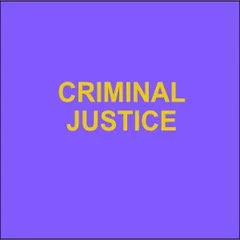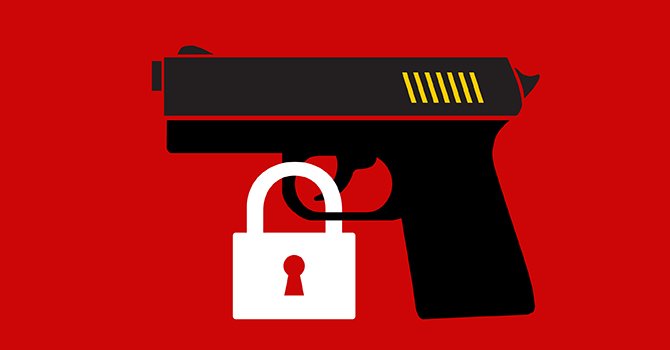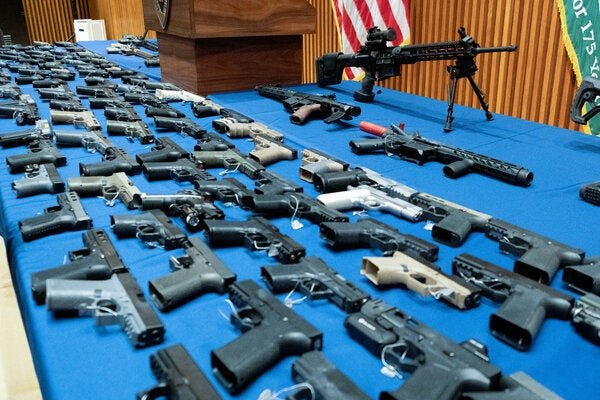By Ross Miller, Paul Heaton, Haley Sturges
Presumptive field tests for illicit substances have become an integral part of policing. Inexpensive and fast, these tests have become a tool of choice for law enforcement agencies. Unfortunately, they are notoriously imprecise and are known to produce “false positives,” where innocuous legal substances (e.g., baking soda) provide the same result as an illegal substance (e.g., cocaine) and leading to frequent wrongful arrests and wrongful convictions. Although originally developed as a preliminary-only testing method due to their unreliability, these tests have become de facto and inaccurate determinants of guilt or innocence in thousands of cases, causing considerable negative and undeserved consequences for thousands upon thousands of Americans. In the modern U.S. criminal legal “system of pleas, not...of trials” (Lafler v. Cooper, 2012) where 95% of cases are resolved by plea bargain, the unreliability of these tests undermines public trust in the justice system and creates a liability risk for jurisdictions that rely on them. This research report provides the first-ever comprehensive analysis of presumptive drug field test usage across law enforcement agencies in the United States. Utilizing a nationwide survey of agencies, the report offers national estimates on the frequency of test usage, finding that each year approximately 773,000 drug-related arrests involve the use of presumptive tests. Using the survey data and national estimates of drug arrests, this report examines the impact of the tests on wrongful arrests, racial disparities in their use, and their subsequent impact on drug possession prosecutions and dispositions.
2023. 68p.


















